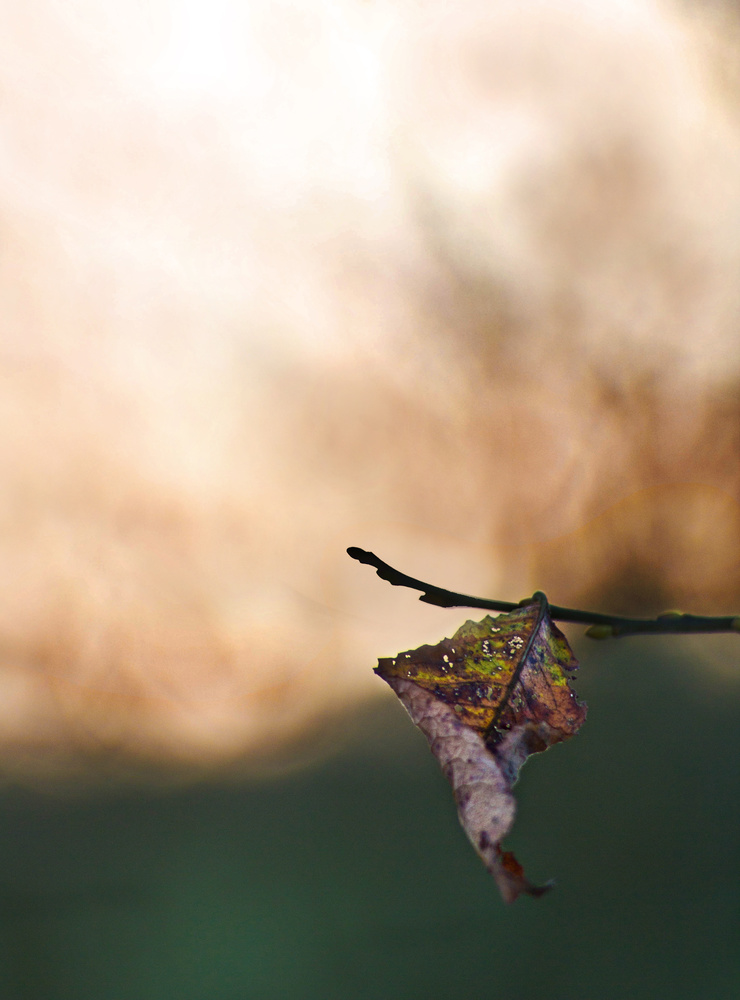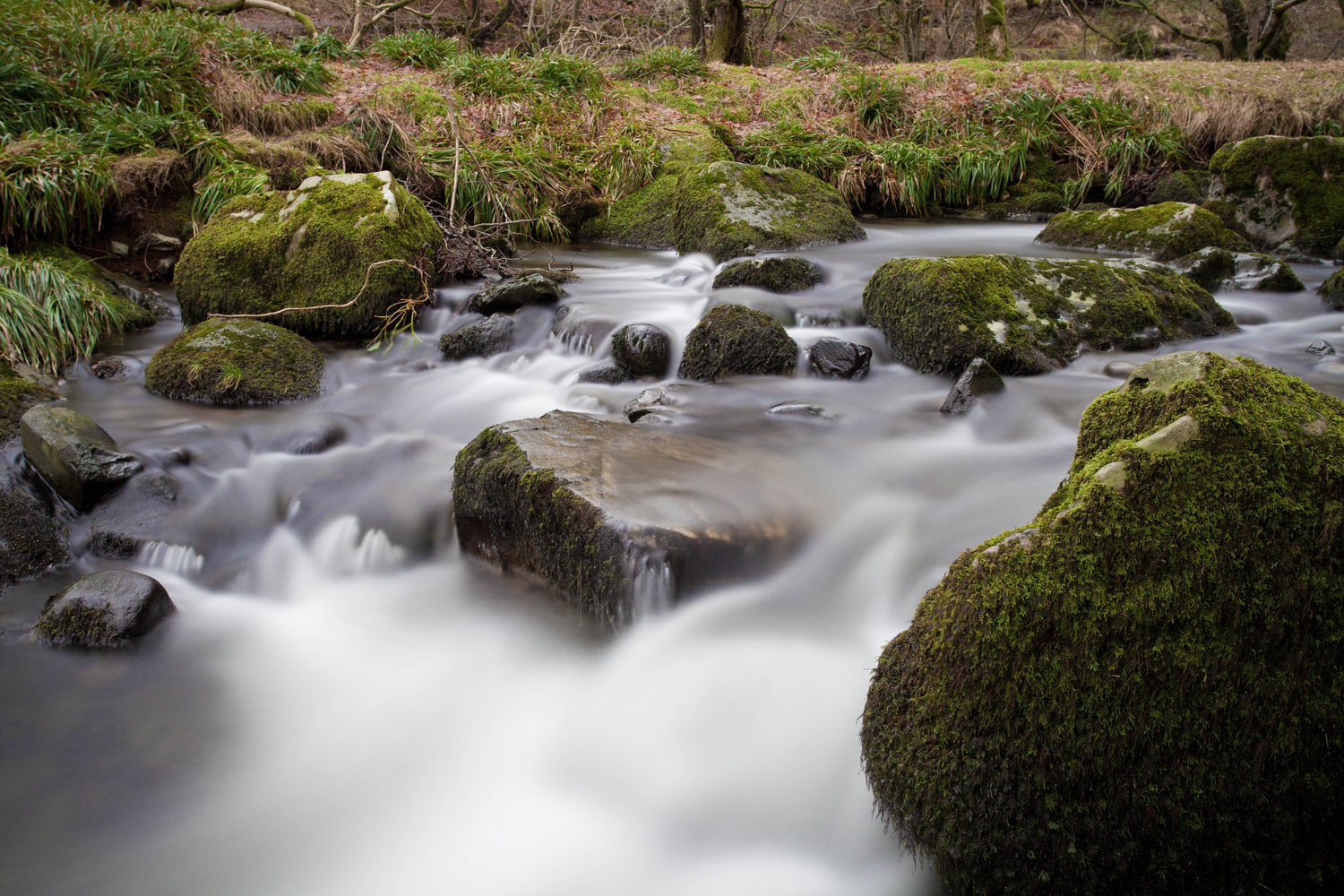I bought my first camera on a whim. It was a secondhand Canon 350D, and I bought a 50mm f/1.8 to go with it. It wasn’t expensive, but I couldn’t believe the pictures I could take. It was as if I had opened a secret door and revealed this beautiful landscape awaiting exploration; I was hooked. The problem was I stepped through the doorway, and the door closed, slapped me on the arse, and then promptly vanished. Suddenly, I was very aware of the vastness of what I was growing to love and how so much of it was all but unreachable for me.
What I mean by "unreachable" is financially. I was overwhelmed by all the types of photography I could do... if I had the money. I was utterly convinced that the reason I couldn’t take the photos I wanted was because I lacked this lens, that camera, or an expensive ND filter. I was wrong to an extent, of course, but this isn’t yet another article about how great photographers can take great pictures with modest kit; that’s overused and underwhelming advice. Instead, I want to tap in to what I loved about photography and still do: trying new things. So, if you can’t afford to throw the value of a small car at a company every time you want to try something, this list might be for you. Here are ten tips for keeping photography fresh and new without going bankrupt.
1. Vintage Lenses
This list isn't in any kind of order, but if it were, vintage lenses would still be on here at number one. I love old lenses, and there's barely a day that goes by where other Fstoppers Writer Alex Cooke and I don't discuss the topic in some capacity or another. I think a photographic result I've always chased — and I don't think I'm alone — is that of a unique look where people aren't instantly certain how you've achieved it. Vintage lenses have some of the most interesting looks you can find, and you don't have to spend hundreds or thousands of dollars/pounds/bitcoins on attaining them and adapters; even the advanced ones that can add focus bleeps are nice and cheap. My first toe-dipping in the alluring waters of lenses of days passed was the Pentacon 135mm f/2.8, also (correctly) referred to as the "bokeh monster." It arrived, I parked it on the front of my new modern DSLR like an old Cadillac sedan pulling on to a driveway in Silicon Valley. I wandered out into my boring autumnal surroundings and I grinned with glee at my first shot I ever took with it. In fact, I'll share that with you:

It's not much; I know that. But would you look at that bokeh and those colours? They are trees with the sun setting behind them! You can pick one up for about £25/$35 on eBay, which is a steal given how much fun I had with it. Similarly priced, you have lenses like the 35mm f/1.7 Fujian CCTV, which can create incredibly arty and delicious images. I could write an entire article on old lenses, and maybe I will at some juncture, but for now, my salient point is: vintage lenses are great fun at low prices. (I feel like there should be a "terms and conditions apply" man talking quickly after that cliché sales zinger!)
2. Self-Portraits
Of all the 10 tips, this is the one I would consider to be the most disingenuous for me to write. Personally, I'm not one for self-portraits, even though I see the merit of them. That said, I have done test shoots of myself. They are a fantastic way to practice lighting setups, camera settings, and poses without paying for a model or trying to coordinate with a subject; you can shoot entirely on your schedule. It also eradicates the fear of failure completely as you are unlikely to get angry at yourself for wasting your own time. Well, hopefully not, anyway.
3. Yongnuo
I might receive some flack for this, but I'm going in anyway. Early in my photography days, I wanted to experiment with flash guns and remote triggering. In a world where money is no object, a world in which I am not currently a member, I would have bought eight Pocket Wizards and several Canon flash guns. Instead, I went for Yongnuo flashes, triggers, receivers and remotes. A lot of people don't trust Yongnuo's products, and they often receive mixed reviews and labels like "cheap imitations," but I honestly can't fault them. Not a single product of theirs I have used (one I still do use) has ever had an issue and has always performed as advertised. In fact, the product I still use, the Yongnuo Speedlite YN568EX II, is one of my favourite flashes, even compared to some more expensive and more reputable brands.
4. Macro Filter
Macro photography was one of the biggest lures to me when I first decided to get into photography. However, the price of the lenses and flashes were far more than the camera I was buying. I left it a little while, and then, when I was sure photography was for me, I upgraded my camera and bought... a macro filter for £7/$10. Looking back, I'm not sure what I was hoping for, but it certainly wasn't wasted money. I plonked one on the end of an 18-55mm kit lens and was able to get shots I was proud of. Now I realise I keep posting below average photographs from my past in this article, but this is in the hope you do better than I did! I was very new to photography and I knew nothing about post-processing. That said, I still like this image.

5. Welding Glass and Long Exposures
There are a plethora of articles, videos, and tutorials on this topic, so I will keep this brief. If you've never experimented with long exposures, go and have a play; traffic at night has been done to death, but it's still fun and yields alluring results. The welding glass suggestion is for taking long exposures in a different direction. You can pick some up for next to nothing and then just follow guides on how to attach it to the front of your lens and get some great daytime long exposures. Try and throw some water in the mix for really interesting results.

6. Gorilla Pods
This might seem like a bizarre tip, but I was surprised at how acquiring one of these little chaps opened up my creativity. I bought a Gorilla Pod very early on and when I was far from proficient with the camera (I still had a printed cheat sheet of exposures, white balances, and the "holy trinity," if I remember correctly!). I started attaching my camera to branches, railings, wildlife — anything that would stay still long enough for me to wrap the tentacles around. This is a particularly useful and inexpensive piece of kit if you fancy trying some long exposures as mentioned above and gives you a creative freedom you just don't get with ordinary tripods. (Quick, someone bring the "terms and conditions may apply" man back!)
7. Start a Photo Project With One Lens
Sometimes, the best way to freshen things up is to reapply what you already have in a new way. For example, I started a photo project in which I took pictures of the same model, in the same bizarre outfit, and with the same camera and lens. It's advice in a similar vein to that of "try using a prime" in that once you're limited in certain areas, you begin to push the boundaries in others. Look up other photographers' photo projects for inspiration, and see where a themed set of images might take you.
8.Practice With Different Editing Techniques
In retrospect, I did this in quite the wrong way, but I had fun. The advice stems from the same roots as tip seven insofar as you are working with what you already have in a new way. However, this can be even more drastic. What I would suggest is finding an image or set of images that are a disparate concept from what you ordinarily shoot and then learning how to produce them. For me, it was black and white HDR portraits using the High Pass filter to (over)sharpen. I found them fascinating and while my admiration for that type of photograph has waned somewhat, I thoroughly enjoyed bringing out every wrinkle and sun spot my Grandad had for the world to see. Also, learning how to create composite images frees you from a great many creative shackles.
9. Alternative Lighting
I've written a fair amount on this subject in different articles for different places. I heavily dislike the word "offended," but if I were to use it, it'd be about the price of lighting when it's remotely associated with photography or videography. My tip with lighting can be condensed nicely: find LED lights that aren't meant for photography and experiment with them. I recently needed to shoot the mechanical back of a small watch by stacking around 100 macro images. My usual studio lighting setups just weren't cutting the mustard, and I began experimenting. I wanted to light every cog and piece in this intricate trinket of engineering and to do this, I used an LED bendy-necked reading lamp and four LED Snap-on torches (the ones with banks of LED bulbs running along one side). Light behaves the same way no matter what label you stick on its source.

Also: reflectors. Reflectors are so cheap and so, so useful. They become a giant expensive softbox (albeit with less control) if used correctly, and soon, I will be posting an article on how you can get even more from them.
10. Be an Assistant
Honestly, I wish I had done this more. You only need to speak to Fstoppers overlords Lee Morris and Patrick Hall to be convinced of its worth. Not only can you learn incredible amounts about all facets of photography, you can get some great images of your own and even earn some money. I think it's an area that isn't tapped into anywhere near enough as it ought to be, and I implore you to consider assisting to shake things up a little.
So, there are my top 10 tips to keep you enjoying photography and trying new things without having to hide bank statements from your significant other. What is your best tip for having fun with photography on a budget?







really great tips